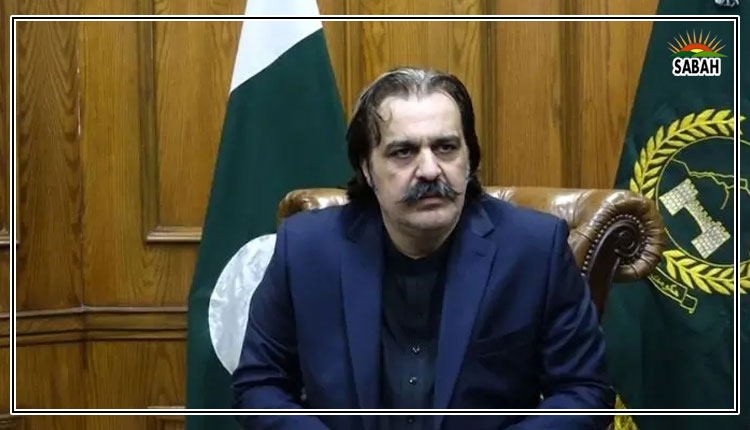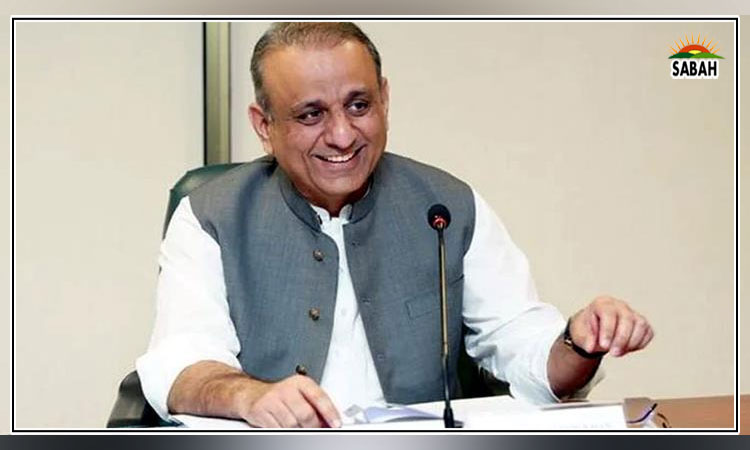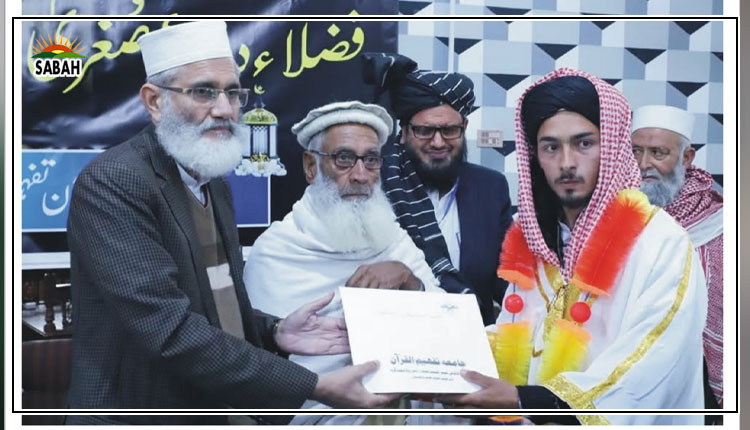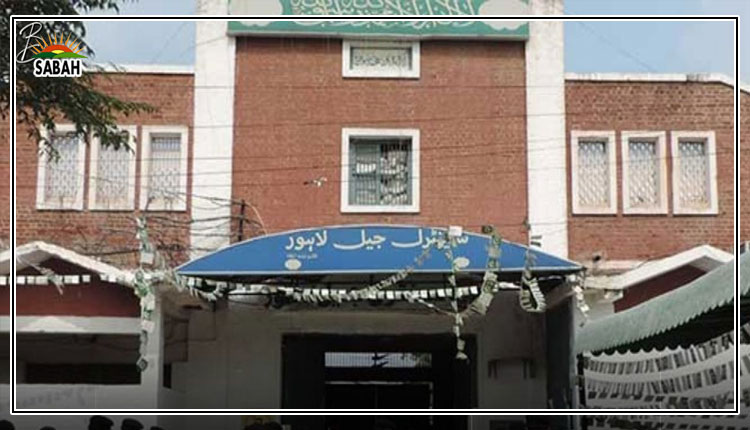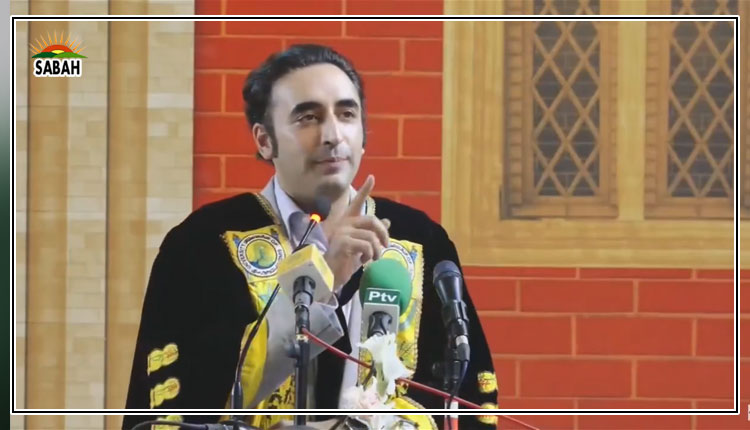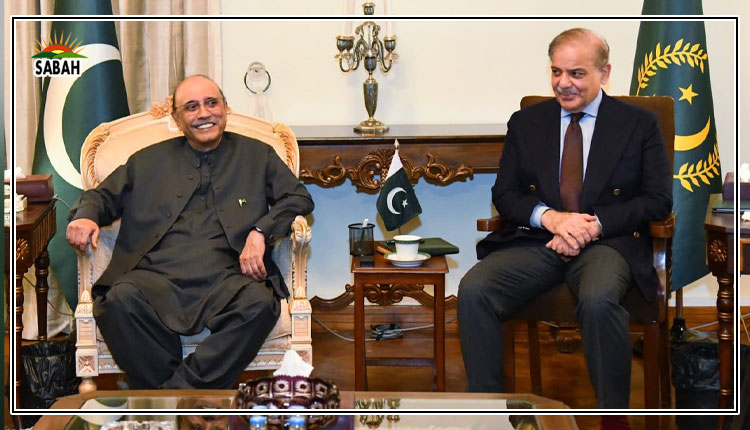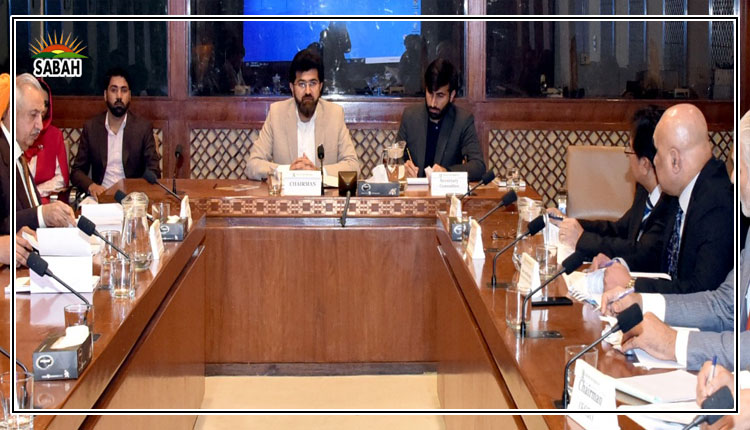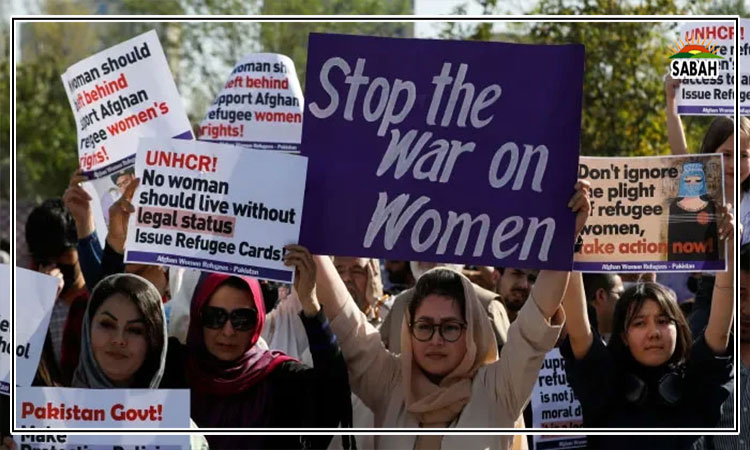Protecting Punjab’s women …. Hina Parvez Butt
The law to protect women from violence was drawn up in 2015 by the PML-N government in Punjab. The draft was approved by the provincial cabinet, and subsequently passed unanimously by the Punjab parliament in February 2016.
Punjab’s Protection of Women Against Violence Act 2016 is the most comprehensive legislation passed in the history of Pakistan. It aims to provide justice to women victims by establishing and institutionalizing mechanisms that provide protection from all forms of crimes of violence against women. It is the first legislation in the country that has its own implementation mechanism, known as Violence Against Women Centres and/or Women Protection Centres.
As per the legislation, all wrongs committed against women have been made an offence including abetment of an offence, domestic violence, sexual violence, psychological abuse, economic abuse, stalking and cybercrime. It also provides civil remedies to victims in addition to the existing criminal ones. These include Protection Order, Monetary Order, Residence Order.
Thus, the aggrieved can initiate parallel criminal proceedings for Violence Against Women offences already covered in the Pakistan Penal Code and other existing laws if she wants to. Moreover, whereas the aggrieved person under this law is a female of any age, the aggressor can be a male or a female. The legislation also contains penalties for people registering false complaints.
The law seeks to set up a women’s force at the district level throughout the province; this force would respond to women’s complaints of physical, financial or psychological abuse. Under this legislation, the term ‘violence’ encompasses not just physical, sexual, psychological, and economic abuse but also includes acts of abetment.
Abetment refers to any person who assists, supports, or aids the offender in committing violence. By broadening the definition to cover those who aid or abet in the abusive acts, the law recognizes the full extent of complicity in domestic violence, thereby extending protection and accountability beyond the immediate perpetrators.
The said law also provides for a seamless protection system for women by formulating District Women’s Protection Committees, which include officials of the district administration, the police, social welfare department, health, prosecution and local government. It envisages a universal, toll-free dial-in telephone number for women to call if they want to report an abuse. It empowers women protection officers to enter any premises to recover women being held captive. It also provides for the establishment of shelters, and empowers the courts to restrain the offending parties from approaching those shelters, or places where the victimized women work.
Any woman facing any type of violence can ring up 1737 for help, women protection officers can enter any premises to rescue her, and the husband is constrained by the law from throwing her out of his house. If he remains violent, he can be turned out of his house, and forced to wear a GPS tracker to ensure he doesn’t get anywhere near the victim until a settlement is reached.
Sadly, over the decades, though successive laws have sought to improve the position of women, implementation has been lacking because it is mostly in the hands of male government functionaries and the police who see most violence against women as a ‘family problem’, or even provoked by women themselves. The present law introduces women as complaint takers and enforcers, it is comprehensive and provides for a wider definition of violence against women and a one-stop mechanism for redress.
The Punjab Women Protection Authority Act 2017 was necessary for the provision of a comprehensive, efficient, effective and gender equitable system for the protection, relief and rehabilitation of women against all forms of violence in Punjab; to control, monitor, and oversee that system; and, to deal with ancillary matters.
The implementation of the act calls for the creation of a vast institutional infrastructure, the recruitment and training of human resources, adequate funding and the drawing up of detailed rules to regulate the legal and operational aspects of the system to protect women. All these tasks were put on the backburner by the PTI government and no concrete system was established during its tenure in Punjab.
It is a daunting task and a huge challenge to untangle the complex challenges left by the previous government and to bring forth a strong comprehensive system of women’s protection.
The Punjab Women Protection Authority is taking the lead to activate and sensitize all departments to provide full assistance to women in cases of violence; Punjab Chief Minister Maryam Nawaz Sharif has already declared a zero tolerance policy against gender-based violence and has given her full support to all the development work being planned by the authority.
The writer is the chairperson of the Punjab Women Protection Authority.
Courtesy The News




